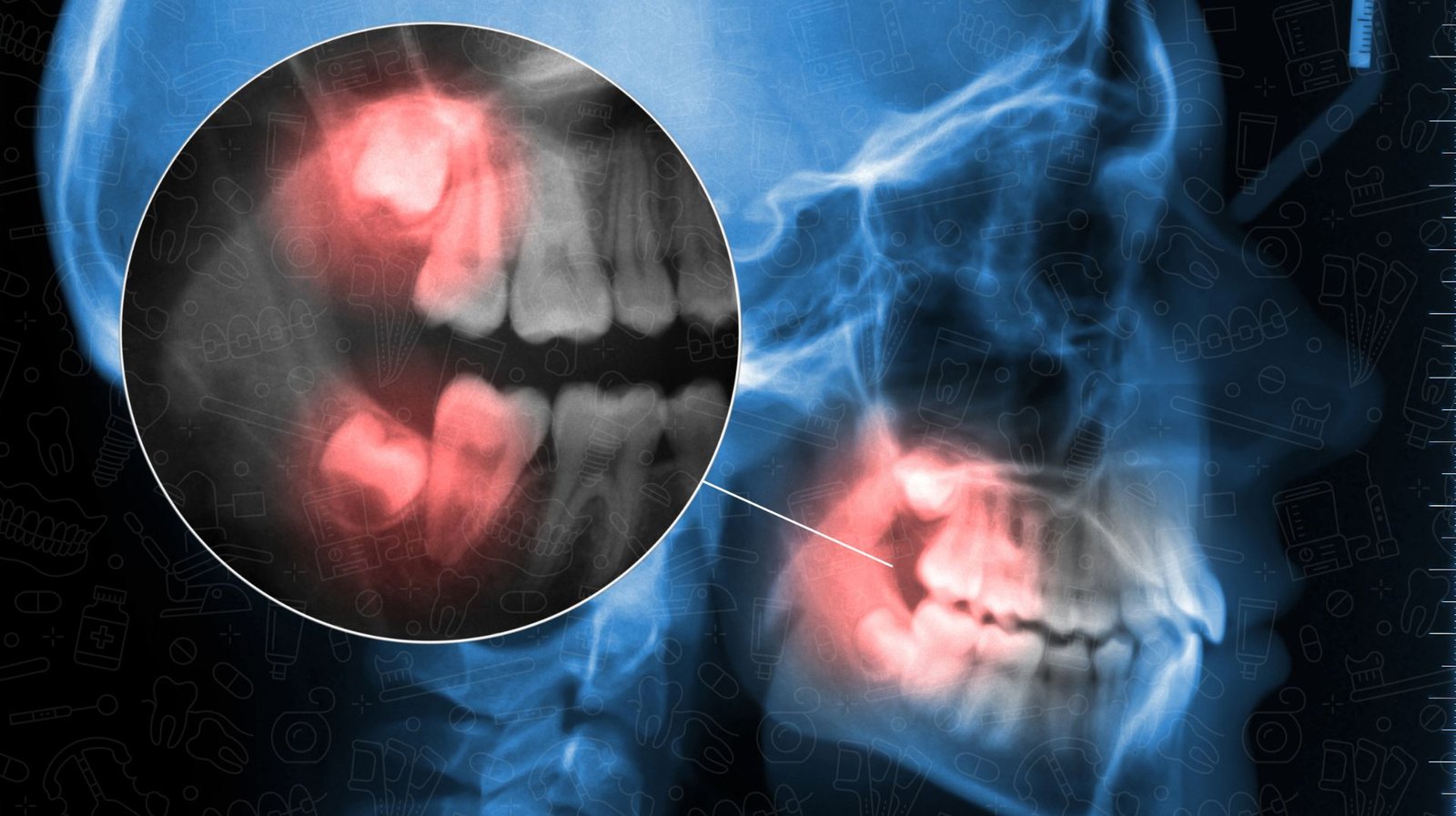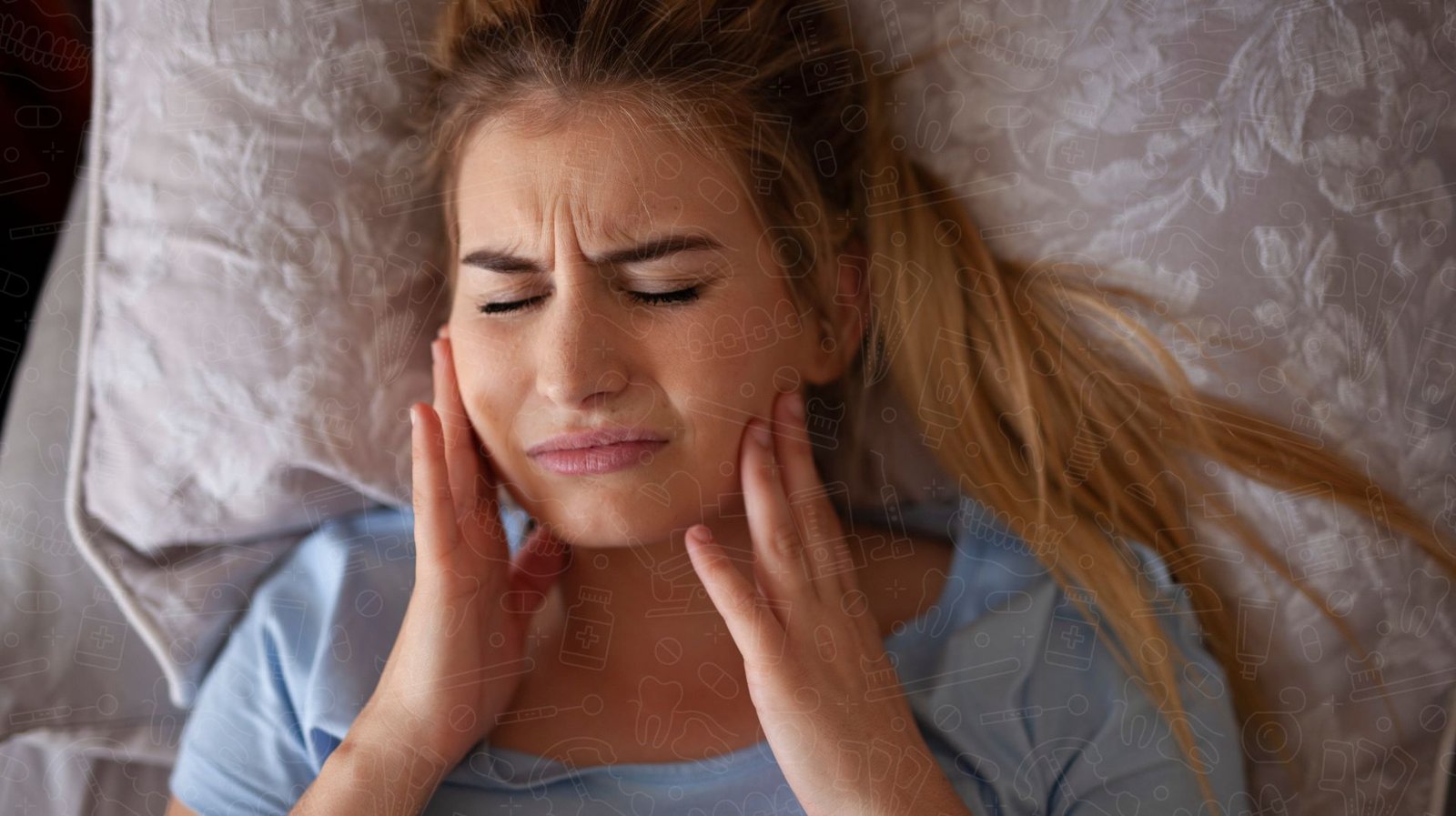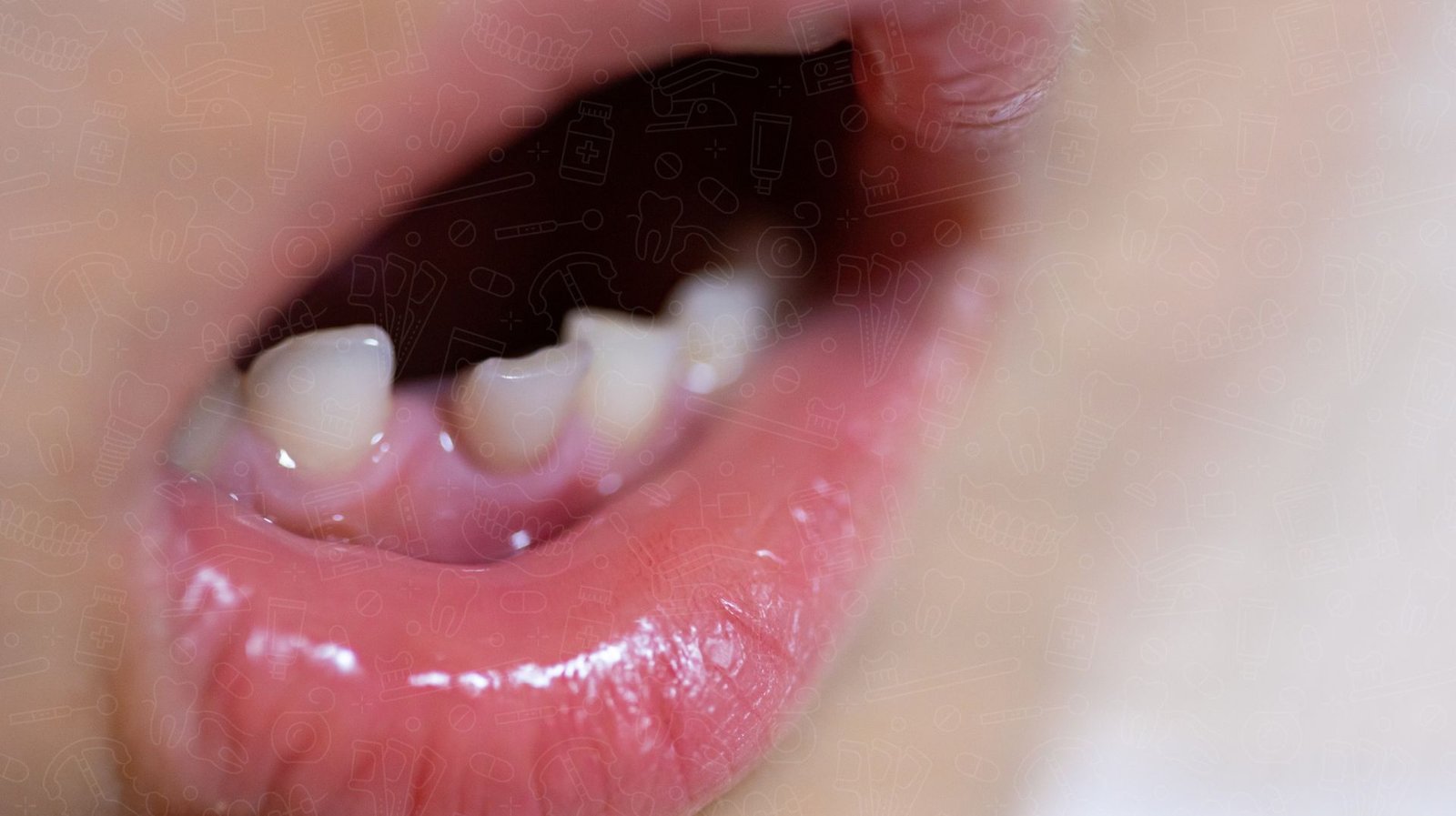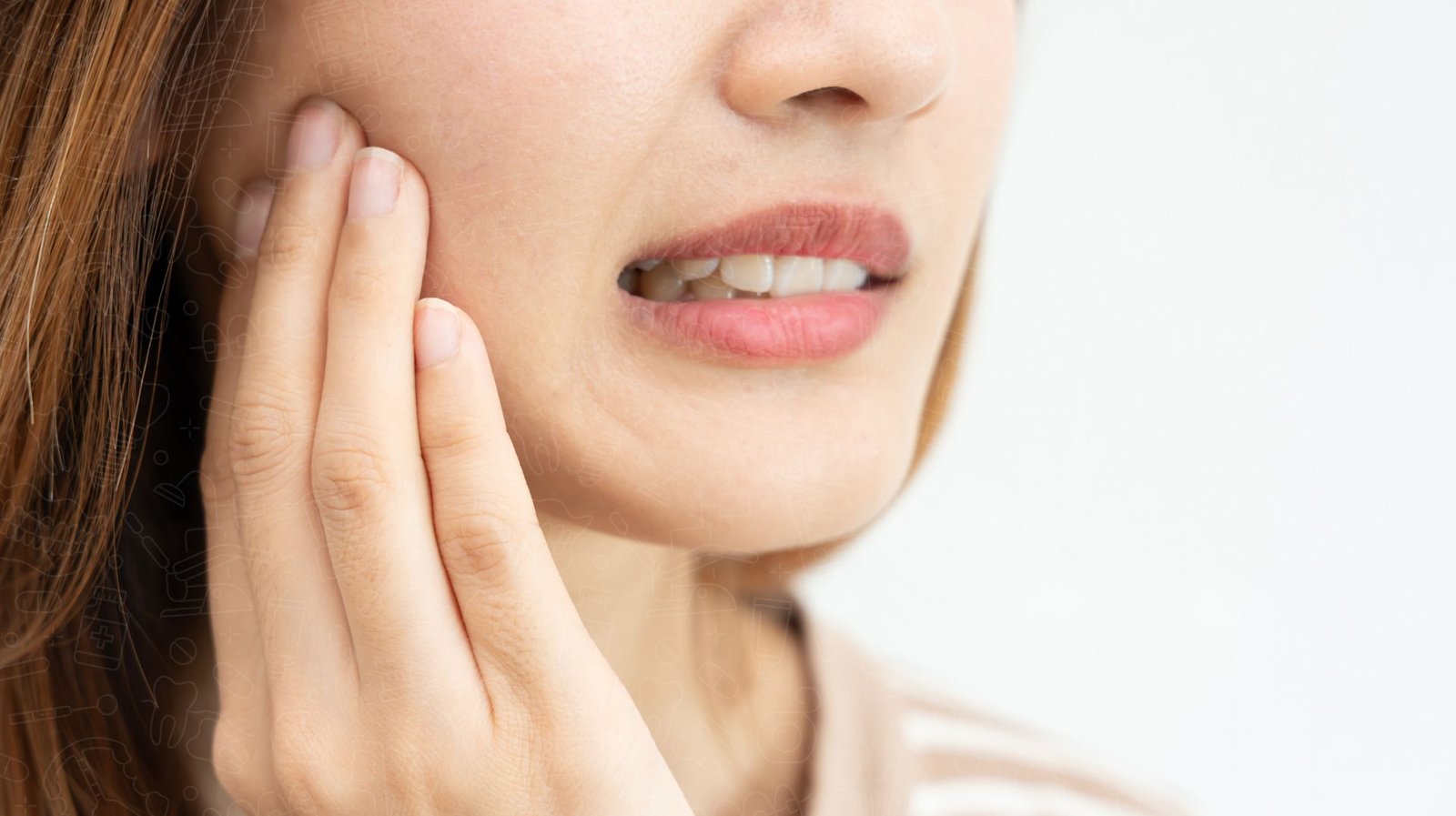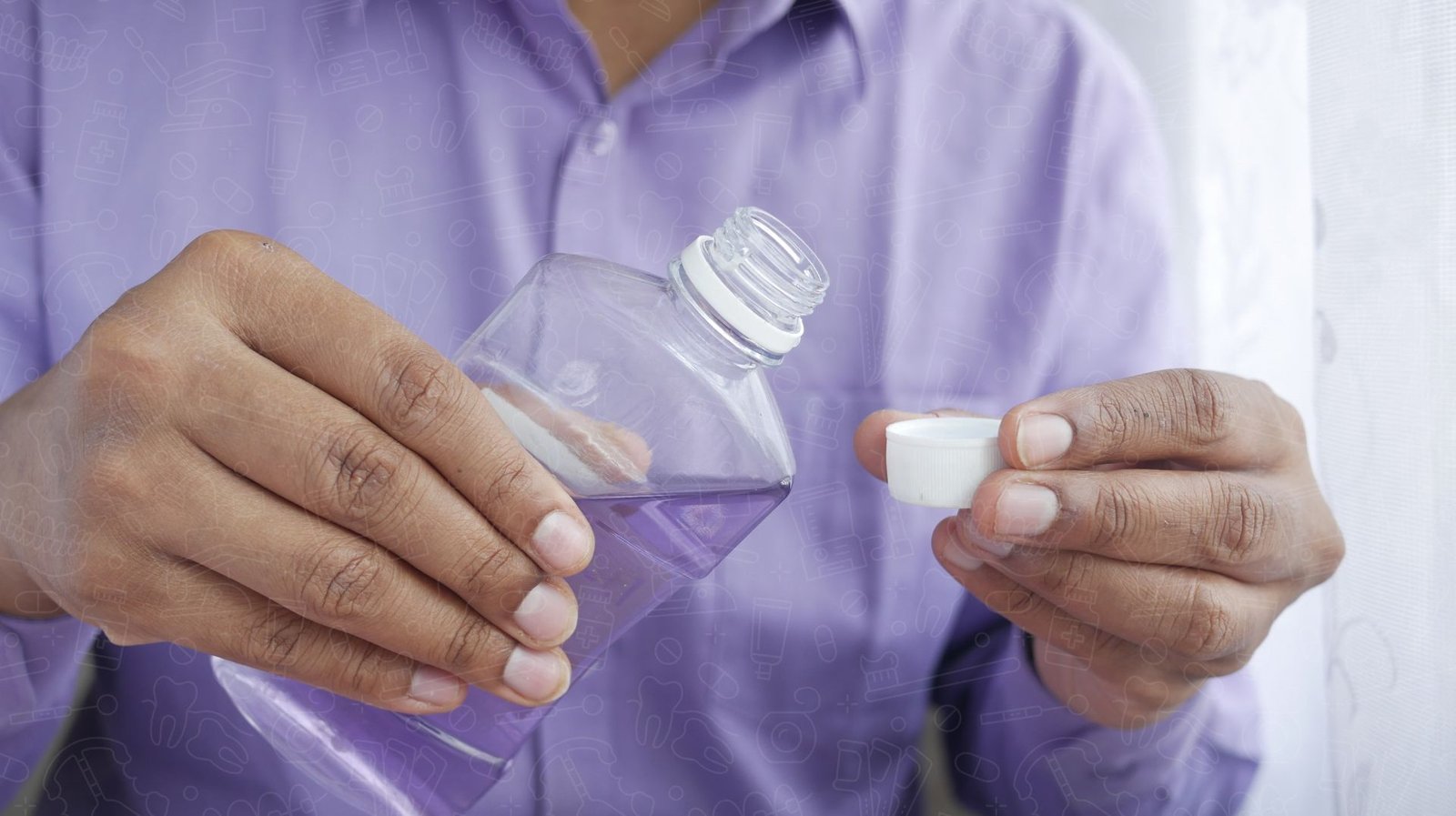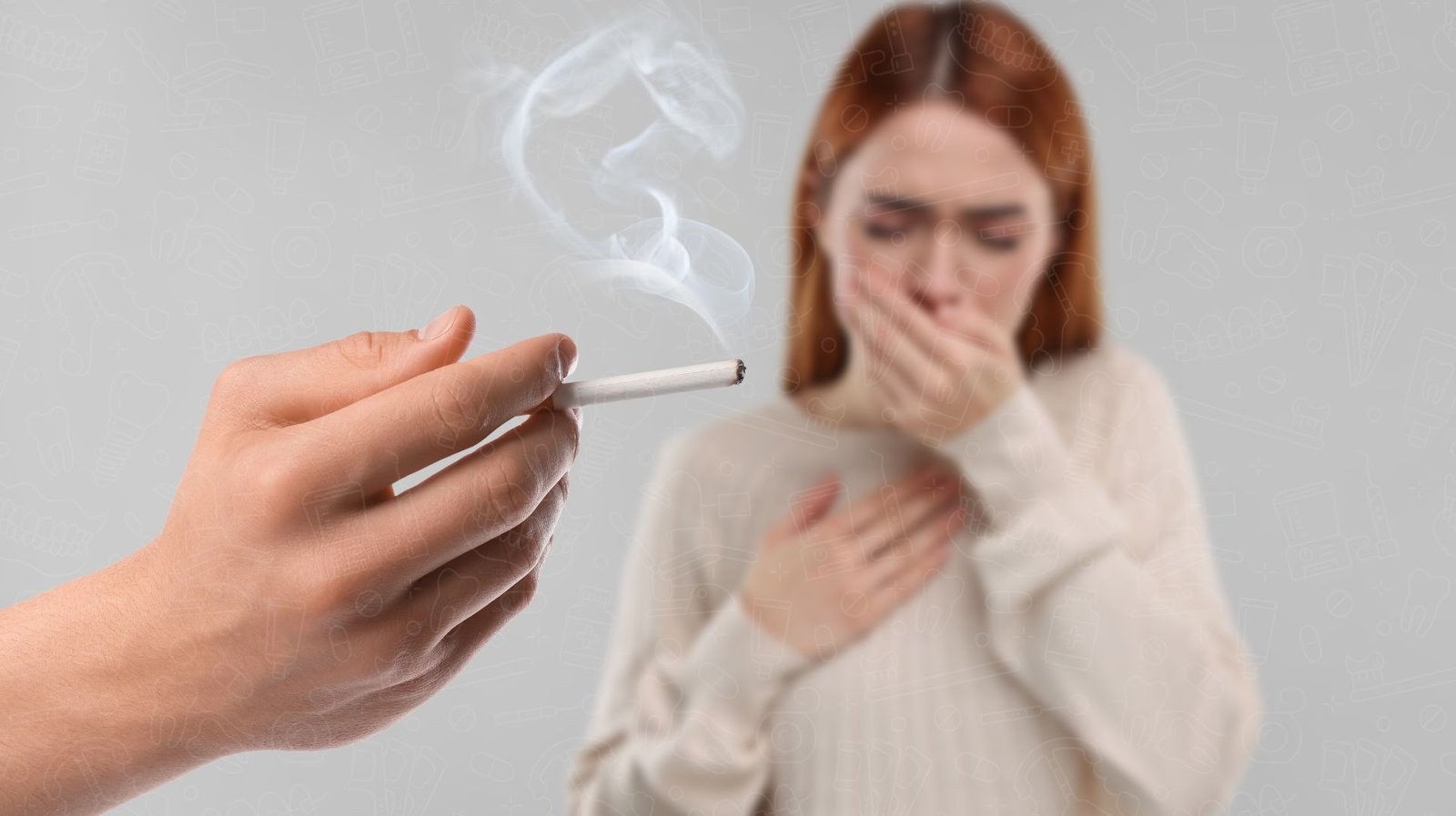I. Introduction
Importance of Oral Hygiene
Oral hygiene is crucial for maintaining overall health and well-being. It involves regular practices that keep the mouth clean and free from disease, including brushing, flossing, and routine dental check-ups. Good oral hygiene prevents tooth decay, gum disease, bad breath, and more severe health problems linked to poor oral care, such as heart disease and diabetes.
Prevalence of Myths Surrounding Oral Hygiene
Despite its importance, oral hygiene is often misunderstood, with numerous myths and misconceptions leading to ineffective or even harmful practices. These myths can prevent individuals from achieving optimal oral health and put them at risk for various dental and systemic diseases.
Purpose of Debunking Common Myths
Debunking common oral hygiene myths is essential to promote better dental care practices and ensure people are informed about what really works for maintaining a healthy smile. By addressing these misconceptions, we can help individuals adopt evidence-based habits that contribute to long-term oral health.
II. Common Oral Hygiene Myths and the Truth Behind Them
Myth 1: Brushing Harder Cleans Better
The Truth: Gentle Brushing is More Effective
Brushing harder does not mean cleaner teeth. In fact, it can damage the enamel and irritate the gums, leading to sensitivity and receding gums.
Explanation and Proper Brushing Technique
Use a soft-bristled toothbrush and gentle, circular motions to clean your teeth. Hold the brush at a 45-degree angle to the gums and ensure you brush for at least two minutes, covering all surfaces of your teeth.
Myth 2: You Only Need to Brush Once a Day
The Truth: Twice Daily Brushing is Essential
Brushing only once a day is insufficient to remove the plaque and bacteria that accumulate throughout the day.
Benefits of Brushing in the Morning and Before Bed
Brushing twice daily, in the morning and before bed, helps remove plaque buildup and prevents tooth decay and gum disease. Nighttime brushing is particularly crucial as it removes the day’s food particles and bacteria, reducing the risk of overnight damage.
Myth 3: Sugar is the Only Cause of Cavities
The Truth: Acidic Foods and Poor Oral Hygiene Also Contribute
While sugar is a well-known culprit in cavity formation, other factors play a significant role, including acidic foods and drinks, and poor oral hygiene.
Comprehensive Causes of Cavities
Cavities form when acids produced by bacteria in the mouth erode the tooth enamel. Sugary and starchy foods feed these bacteria, but acidic foods and inadequate cleaning habits can also contribute to decay. Regular brushing and flossing are essential to remove these acids and prevent cavities.
Myth 4: Whitening Toothpaste Damages Teeth
The Truth: Whitening Toothpaste is Safe When Used Correctly
Whitening toothpaste is designed to remove surface stains and can be used safely when following the instructions.
Safe Usage and Alternatives for Teeth Whitening
Use whitening toothpaste as directed by the manufacturer and avoid overuse. For more significant whitening results, consider professional treatments or at-home whitening kits recommended by your dentist.
Myth 5: Mouthwash Can Replace Brushing
The Truth: Mouthwash is a Supplement, Not a Substitute
Mouthwash can freshen breath and help reduce bacteria, but it cannot replace the mechanical action of brushing and flossing.
Importance of Brushing and Flossing
Brushing and flossing are essential for removing plaque and food particles from teeth and gums. Mouthwash should be used as an adjunct to these practices, not a replacement.
III. Effective Oral Hygiene Practices
Proper Brushing Technique
Choosing the Right Toothbrush
Select a toothbrush with soft bristles and a comfortable handle. Electric toothbrushes can also be effective for thorough cleaning.
Using Fluoride Toothpaste
Fluoride toothpaste strengthens enamel and helps prevent cavities. Ensure your toothpaste contains fluoride and is approved by dental health organizations.
Importance of Flossing
Correct Flossing Method
Use about 18 inches of floss, winding most around each middle finger and leaving an inch or two to work with. Gently slide the floss between your teeth and curve it around each tooth, moving it up and down to clean the sides.
Alternatives for Those Who Struggle with Flossing
Consider using interdental brushes, water flossers, or floss picks if traditional flossing is challenging.
Regular Dental Check-Ups
Frequency of Visits
Visit your dentist at least twice a year for check-ups and cleanings. More frequent visits may be necessary if you have specific dental issues.
Benefits of Professional Cleanings and Exams
Professional cleanings remove plaque and tartar that brushing and flossing miss. Regular exams help detect and address dental issues early.
Balanced Diet and Hydration
Impact of Nutrition on Oral Health
A balanced diet rich in fruits, vegetables, lean proteins, and whole grains supports overall and oral health. Hydration helps maintain saliva flow, which protects teeth and gums.
Foods to Avoid and Foods to Embrace
Limit sugary and acidic foods and drinks. Embrace foods high in calcium and phosphorus, such as dairy products and leafy greens, to strengthen teeth.
IV. Advanced Oral Hygiene Tools and Techniques
Electric Toothbrushes vs. Manual Toothbrushes
Advantages and Proper Use
Electric toothbrushes can be more effective at reducing plaque and gingivitis. Use them as directed, allowing the brush to do the work with minimal pressure.
Water Flossers and Their Benefits
How to Use a Water Flosser Effectively
Water flossers use a stream of water to clean between teeth and along the gum line. They are especially useful for people with braces or dental work. Use the flosser at a 90-degree angle to the gum line, and follow the instructions for water pressure and duration.
Interdental Brushes
When and How to Use Them
Interdental brushes are small brushes designed to clean between teeth. They are ideal for those who find flossing difficult. Use them gently to avoid damaging the gums.
Tongue Scrapers
Benefits for Oral Hygiene and Fresh Breath
Tongue scrapers help remove bacteria and food particles from the tongue’s surface, reducing bad breath and improving overall oral hygiene. Use them daily after brushing.
V. Preventive Measures for Oral Health
Fluoride Treatments
Benefits and Recommendations
Fluoride treatments strengthen tooth enamel and prevent decay. They are especially beneficial for children and adults at high risk for cavities.
Dental Sealants
How They Protect Teeth
Sealants are thin coatings applied to the chewing surfaces of back teeth, protecting them from decay. They are particularly effective for children and teenagers.
Avoiding Harmful Habits
Smoking and Its Impact on Oral Health
Smoking increases the risk of gum disease, tooth loss, and oral cancer. Quitting smoking significantly improves oral and overall health.
Limiting Sugary and Acidic Foods and Drinks
Reducing consumption of sugary and acidic foods and drinks helps prevent cavities and enamel erosion. Opt for water, milk, and unsweetened beverages.
VI. Oral Hygiene for Different Life Stages
Children and Teens
Establishing Good Habits Early
Teach children proper brushing and flossing techniques early. Supervise their oral hygiene routines until they can do it effectively on their own.
Special Considerations for Orthodontics
For children and teens with braces, additional tools like interdental brushes and water flossers can help maintain oral hygiene.
Adults
Maintaining Oral Health Amidst Busy Lifestyles
Even with a busy schedule, prioritize brushing and flossing twice daily and regular dental visits to prevent issues.
Addressing Common Issues Like Gum Disease
Gum disease is common in adults. Maintain good oral hygiene and get regular check-ups to catch and treat it early.
Seniors
Adapting Oral Hygiene Practices for Aging Teeth and Gums
Seniors may need to adapt their oral hygiene routine to address issues like dry mouth and gum recession. Use products designed for sensitive teeth and gums.
Managing Dentures and Other Dental Appliances
Proper care of dentures and dental appliances is crucial. Clean them daily and remove them at night to maintain oral health.
VII. Conclusion
A healthy smile is achievable and sustainable with the right practices and regular dental care. Prioritize your oral hygiene to enjoy the benefits of a beautiful, healthy smile.
